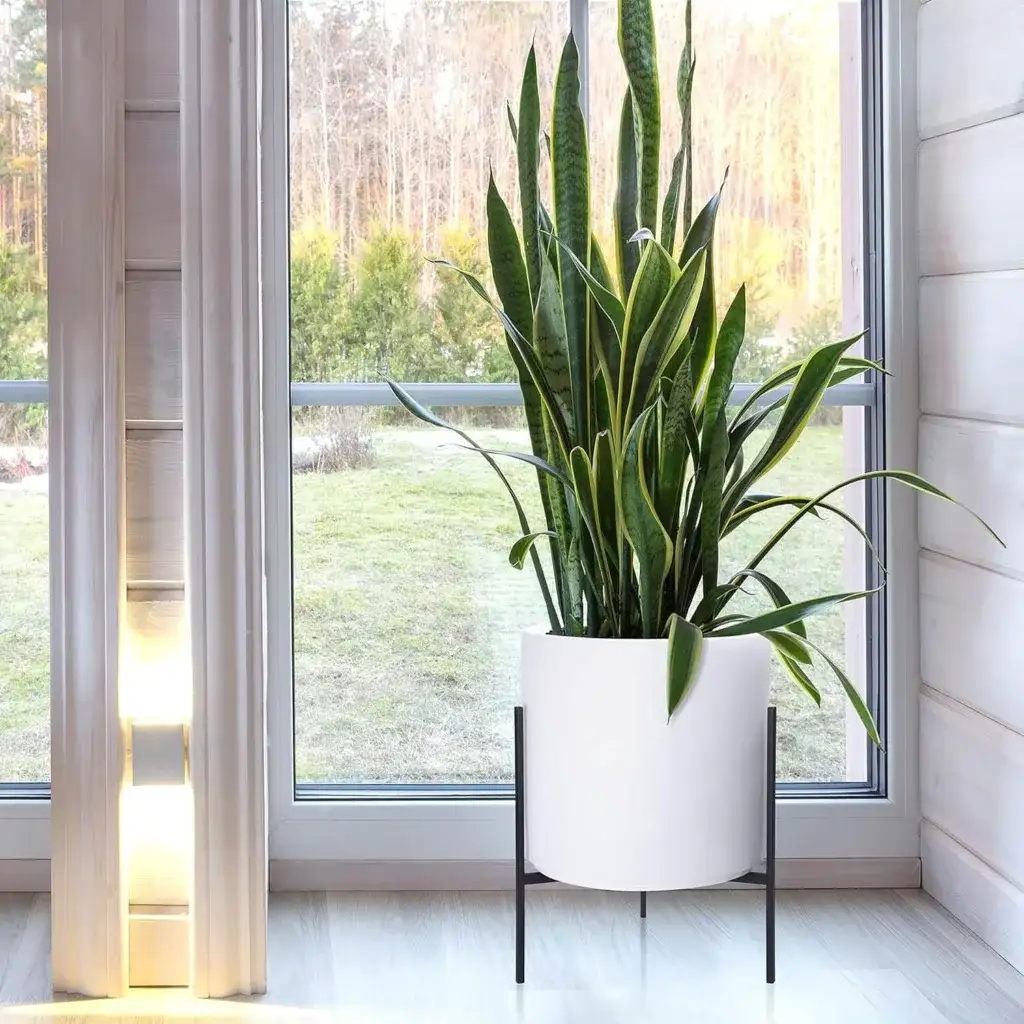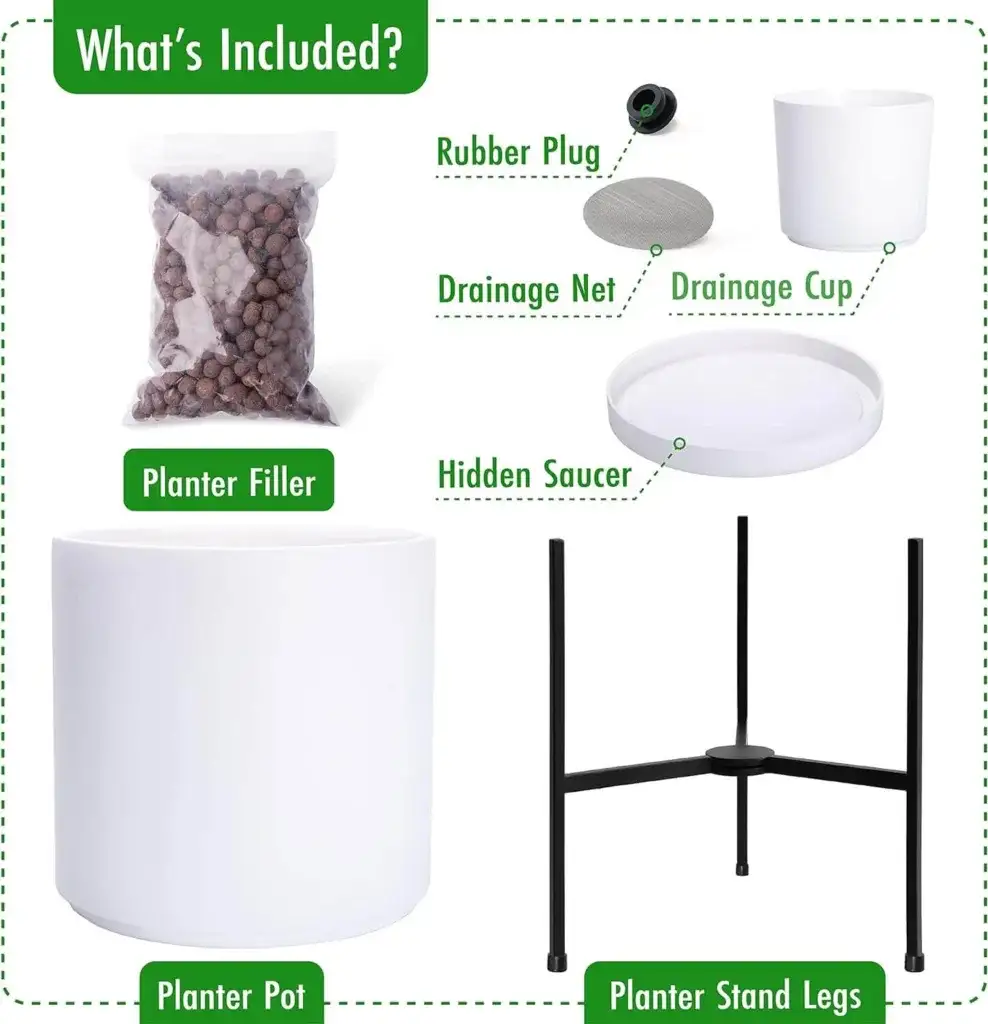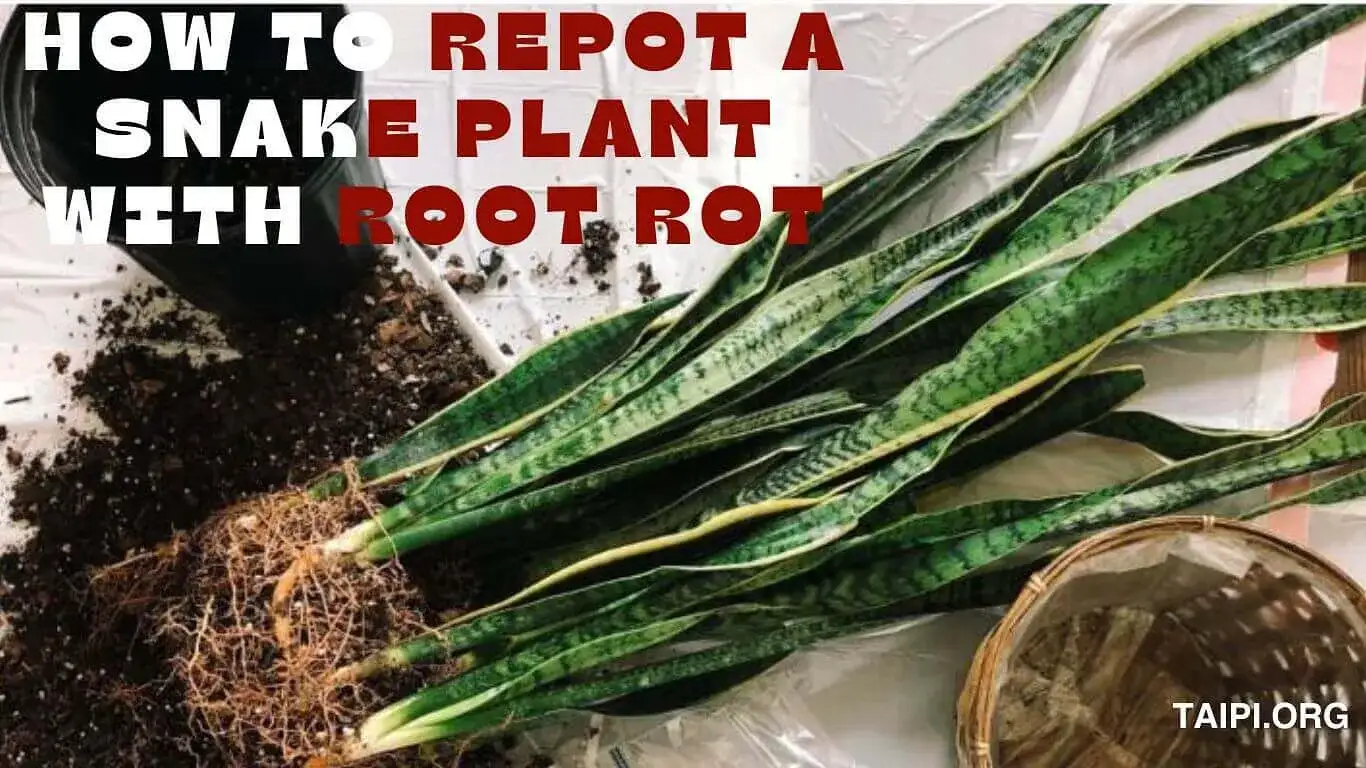How to Repot a Snake Plant with Root Rot: A Step-by-Step Guide
HAVE you noticed your snake plant looking a bit sad lately? Maybe it has root rot, a common problem that sounds scarier than it is. Good news – you can rescue your plant! In this step-by-step guide, I talk about how to repot a snake plant with root rot and get it back on the road to health.
This is how to repot a snake plant with root rot:
- Gather the needed tools
- Check for root rot
- Trim away the bad parts
- Prepare a new pot
- Repot your snake plant
- Water wisely
- Place your snake plant in a spot with bright indirect sunlight
- Continue monitoring the progress
Related: How to Save My Snake Plant from Root Rot
But before we discuss each of the above steps on how to repot a snake plant with root rot, it’s prudent to start by identifying how snake plant root rot looks like and the possible causes.
What Does Snake Plant Root Rot Look Like?
Snake plant root rot is typically characterized by yellowing and mushy leaves, a soft and discolored appearance of the roots (usually brown or black), and a foul odor emanating from the soil.
Why is Your Snake Plant Rotting?
If your once vibrant snake plant is looking a bit worse for wear, with soggy leaves and a droopy demeanor, root rot might be to blame.
Here are the reasons behind your snake plant’s root rot. Later, I’ll tell you inform you about some simple solutions to bring it back to life.
Overwatering
Too much love for your snake plant can be harmful. Overwatering is a common culprit for snake plant root rot. These plants prefer dry conditions, and excess water can drown their roots.
Inadequate Drainage
Snake plants dislike wet feet. If your pot doesn’t have drainage holes, water can accumulate at the bottom, leading to root rot.
Wrong Soil Mix
A snake plant prefers well-draining soil. If the mix is too dense or retains too much water, it can contribute to root rot.
Environmental Stress
Snake plants are hardy, but they can struggle in extreme conditions. Cold, damp environments can encourage root rot.
Infected Tools
Using contaminated tools for pruning or repotting can introduce harmful bacteria to the plant, leading to root rot.
Compare: Beneficial Bugs for Houseplants
Crowded Roots
Over time, snake plant roots can outgrow their container, becoming crowded and prone to rot.
Fungal Infections
Fungi love damp conditions, and snake plants suffering from overwatering are susceptible to fungal infections causing root rot.
The 8-Step Guide on How to Repot a Snake Plant with Root Rot
For your success, you must follow these steps one after another.
Step 1: Gather Your Tools

Before we start, let’s make sure we have everything we need:
- New pot with drainage holes (pictured ⬆). This is not just a planter pot but comes with additional equipment as shown below ⬇
- Fresh potting mix
- Small trowel or spoon
- Scissors or pruning shears
- Watering can

Step 2: Check for Root Rot
Carefully take your snake plant out of its pot. Look at the roots – healthy roots are firm and white, but if they’re mushy and brown, your plant might have root rot.
Step 3: Trim Away the Bad Parts
Using scissors or pruning shears, trim the mushy and discolored roots. Don’t worry; your plant will thank you for it! Cut until you see healthy, white roots.
Step 4: Prepare the New Pot
Choose a new pot that’s a bit bigger than the old one and has drainage holes at the bottom. This helps prevent overwatering. Add fresh potting mix to the new pot.
Step 5: Repot Your Snake Plant
Place your snake plant in the pot, ensuring it is in the center of the new pot, and add more potting mix around it. Make sure you cover the roots but don’t bury the plant too deep.
Step 6: Water Wisely
Give your newly repotted snake plant a good drink of water, but don’t overdo it. Let the soil dry out a bit before watering again. Overwatering is a common cause of root rot.
Step 7: Find a Happy Spot
Put your snake plant in a spot with indirect sunlight. Snake plants don’t need a lot of light, so they’ll be happy in various places around your home.
Step 8: Keep an Eye Out
Watch your snake plant for the next few weeks. If you see new growth, it means you’ve successfully saved it from root rot! If problems persist, consider adjusting watering habits.
How to Prevent Root Rot in Snake Plants
Snake plants, with their sleek leaves and air-purifying prowess, can fall victim to a common nemesis: root rot.
Fortunately, armed with knowledge and a few preventive measures, you can keep your snake plant thriving.
Here is how to shield your green companion from the clutches of root rot:
Master the Art of Watering
Tip: Snake plants are water-wise, and they prefer to dry out between watering sessions.
What to Do: Water your snake plant sparingly, allowing the soil to dry at least an inch deep before rehydrating. Ensure the pot has drainage holes to prevent water accumulation.
Choose the Right Soil
Tip: Snake plants adore well-draining soil that mimics their native arid environments.
What to Do: Opt for the right mix or add perlite to regular potting soil to enhance drainage. This helps prevent water from lingering around the roots.
Provide Adequate Sunlight
Tip: Snake plants are low-light champions, but too little light can invite trouble.
What to Do: Place your snake plant in indirect sunlight, ensuring it receives enough light for photosynthesis. Avoid prolonged exposure to direct sunlight, as it can scorch the leaves.
Mind the Temperature
Tip: Snake plants thrive in warm conditions and dislike being chilly and damp.
What to Do: Keep your snake plant in a room with temperatures above 50°F (10°C). Avoid placing it in drafty or excessively cold areas to prevent stress and potential root rot.
Use Sterilized Tools
Tip: Unwanted guests, like bacteria, can hitch a ride on tools, leading to infections.
What to Do: Sterilize your gardening tools with rubbing alcohol or a diluted bleach solution before pruning or repotting your snake plant. This simple step reduces the risk of introducing harmful microbes.
Maintain Adequate Space
Tip: Snake plant roots can outgrow their space, leading to congestion and potential rot.
What to Do: Repot your snake plant every 2-3 years, giving its roots room to spread. Check for signs of overcrowding and divide the plant if necessary.
Monitor for Signs of Stress
Tip: Early detection is key to preventing root rot.
What to Do: Regularly check your snake plant for signs of stress, such as yellowing or mushy leaves. Address any issues promptly, adjusting watering habits or environmental conditions as needed.
How to Repot a Snake Plant with Root Rot FAQs
Q: Why is repotting necessary for a snake plant with root rot?
A: Repotting is crucial for a snake plant with root rot because it allows you to address the root of the problem (quite literally!). Root rot occurs when the roots of the plant are damaged by excessive moisture, leading to a decline in overall health. By repotting, you remove the affected, mushy roots and provide a fresh environment with proper drainage, giving the plant a chance to recover and thrive.
Q: How can I tell if my snake plant has root rot?
A: You can identify root rot in a snake plant by examining its roots and overall appearance. Healthy roots are firm and white, while rotting roots are often mushy, discolored, and emit a foul smell. If your snake plant’s leaves are wilting, yellowing, or showing signs of distress, it might be a symptom of root rot. Repotting becomes necessary to remove the diseased roots and create a healthier environment for the plant.
Q: Can I save my snake plant if it has root rot, or is it too late?
A: Yes, you can often save a snake plant with root rot through timely intervention. Repotting is a key step in the rescue process. By trimming away the affected roots, providing fresh soil, and adjusting your watering habits, you give your snake plant a second chance at life. It’s essential to act promptly, as ignoring root rot can lead to further decline and, eventually, the demise of the plant. Remember, plants are resilient, and with the right care, they can bounce back from root rot.
My Final Thoughts on How to Repot a Snake Plant with Root Rot
Understanding the reasons behind your snake plant’s root rot is the first step towards resolving the hot to repot a snake plant with root rot.
By addressing the root causes and subsequently implementing the simple solutions mentioned above, you can revive your snake plant and ensure it thrives for years to come.
In the end, you will scream, “Yeah! I did it!”







